Dance, RAVE, and Rebellion
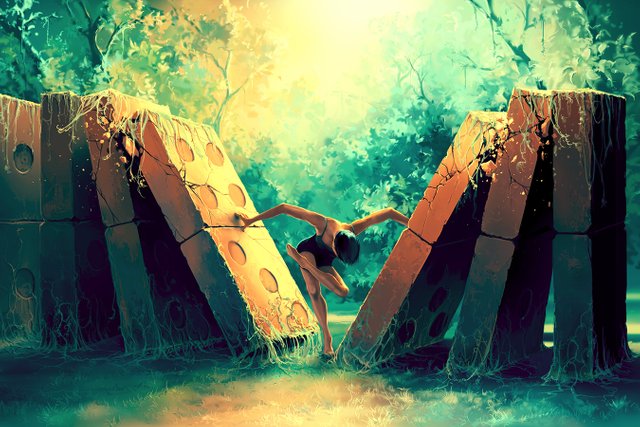
Dancing is the original act of disobedience; it runs contrariwise to aggression, violence (unless you are moshing), and authority. Dancing is living. Dancing is loving. To dance is to spurn authority and rejoice in the ecstasy of living freely.
Dancing invokes a heightened emotional state characterized by positive feelings and infectious enthusiasm. Rarely does the urge to hurt or threaten another human result from harmoniously moving, swaying, and stepping to the rhythm and thump of a beat. Dance will therefore always be loathed by those that dwell in the chambers of power.
The elite hate it because dance is the greatest form of individuality...individuality that is intertwined with togetherness. It is a glorious celebration of sovereignty and unity. It also increases awareness of the beatific nature of the human spirit, thus compelling people to dissolve boundaries and undermine social mores.
Plato said, "music and rhythm find their way into the secret places of the soul." That secret place is the wellspring of spiritual preservation and absolute freedom from tyranny.
In this article, I will explore dancing from the RAVE perspective and why it attracts people who desire to undermine the control freaks and fascists, and why it embodies the human quest for freedom.
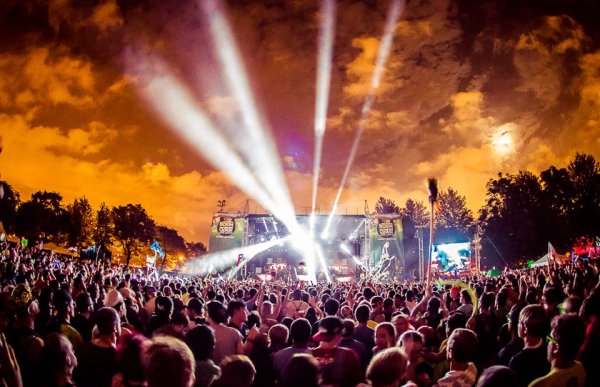
What is a Dance Rave?
RAVE stands for radical, audio, visual, experience. Raves represent musical performances that employ DJ's who make live music that consists of repetitious beats and various electronically-manufactured sounds.
These RAVE festivals intensify every sensory and perceptual faculty of the person, including the visual aspect, because light shows, lasers, and glow sticks are indispensable pieces of the dance formula.
Ravers expect to experience a kind of multi-sensory orgasm, which suggests that sexual feelings are also an important facet of the scene, even if the people are not actually having sex.
Tactile expressions are also important. The revelers, besides the feel of dancing, often touch each other and dance together, adding to the enjoyment and appreciation of the total experience, while all negative judgment and social anxiety is withheld, inhibited, forgotten, or dispelled.
Nowadays, some people call RAVES music festivals or ambiguously refer to them as part of the scene.
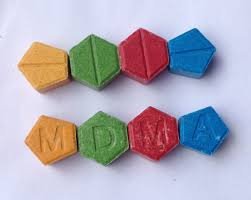
RAVE history and its Pharmacological Aspect
The scene became popular in the 80's, but gained momentum in the 90's and 2000's. It probably began as an offshoot of London subculture activity, namely Bohemian parties and the mods of the 50’s.
In the United States, large cities, especially Chicago and Dallas quickly became hubs of dance music connoisseurs. The Dallas music culture, however, has been instrumental in combining the rave aesthetic with the psycho-neurological experience of the designer drug MDMA. The Dallas rave scene in the 80’s was the center of ecstasy experimentation.
In the book E is for Ecstasy, Nicholas Saunders described it:
“In Dallas and Fort Worth, Texas, Ecstasy was even on sale in bars where you could pay by credit card, where it replaced cocaine as the drug of choice among yuppies and even spread to people who normally kept well clear of drugs.”Rave shows have also often cropped up as public promotions in the form of music festivals or underground warehouse parties. Festival-goers appreciate any abode or locale capable of producing sound without disturbing the peace or inciting police interference.
Sometimes, these parties even occur in natural settings, like jungles or mountaintops, which give settings a tribal and primitive appeal, further intensifying the experience and providing it with a mystical or pagan flare.
There are likewise many different types of people who rave. The group is open-minded and eclectic. It is composed of freethinkers, hippies, dance enthusiasts, iconoclasts, scientists, writers, anarchists, activists, homosexuals, transsexuals, rednecks, and suburbanites; and they all join together spontaneously, in an explosion of love and transcendence, which is why the scene is known for its tight-knit family culture.
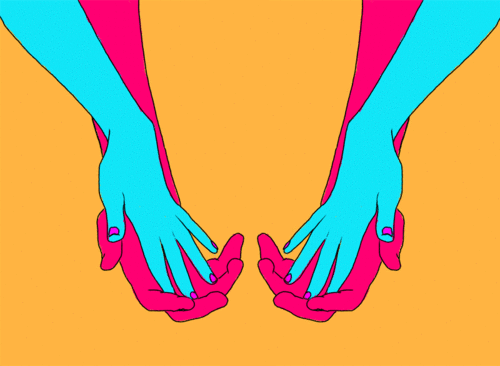
Anti-Culture and Reactance
The scene is not just a culture or subculture, though. Some call it a “counterculture.” It may even be a kind of anti-culture, anathema to everything traditional cultures value and cherish. Rave culture desire to return humanity to a time of ecstasy, harmony, and oneness with others and nature, thus its spiritual undertones.
As Terence McKenna inferred, tribal dance is kind of archaic revival, an appreciation of feminine qualities of love, peace, kindness, empathy, and togetherness. It is a celebration of human dignity and the unification of the species into a glorious whole. Ravers also use the acronym PLUR, which means peace, love, unity, and respect. This slogan embodies the whole community of rave dancers.
Indeed, dance is the ultimate “we” as expressed through the poetry of sound and movement. It is the way people overcome repression and psychological distress. It is cathartic. It allows people to release pent-up feelings that have been writhing and undulating beneath the raging fire of consciousness.
The Tragedy of Culture
Tragically, modern culture induces this psychological repression and pent-up anger. Rampant violence and authoritarian rules are the common threads woven through the fabric of society, so it is no wonder ravers find each other and express themselves so elegantly and spiritually.
Everywhere people look, there are police officers murdering innocent civilians, parents beating and coercing children, strangers shooting strangers at stoplights, religious fundamentalists decapitating religious apostates, and governments enslaving and imprisoning billions of people for pocketing plants or having sex for money. The world is a muck-filled shit show, built on the blood of slaves and maintained by droves of drooling, hypnotized zombies.
Without knowledge and experience of dance and all of its concomitants, everyone would be entranced by only culture they know: the culture of violence. Luckily, the RAVE scene emerged as a form of group reactance against the brutality of authoritarian sociopaths and their regimes.
Psychological reactance was advocated and researched by Dr. Sharon Brehm and her husband. The idea is simple. When people are told to behave or act in a specific way, or are tethered down to enforced routines, these people will react against social norms and rules. They will do precisely the opposite of what is expected of them. It implies people who are threatened to conform to a decadent culture will rise up and rebel against that culture.
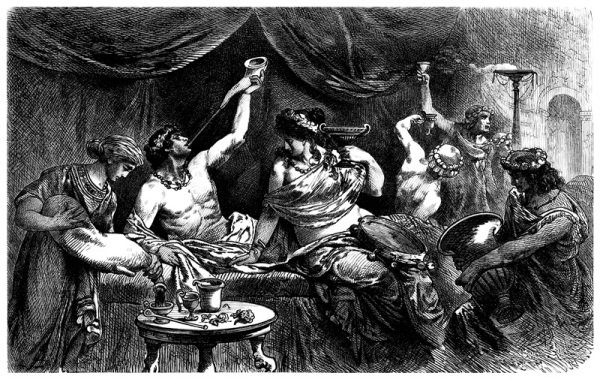
Ventilate and Rage Against the System
The rave scene, then, can be seen as the social-wide movement of anti-authoritarian people looking to ventilate repressed anger and symbolically rage against the system.
They will do whatever it takes to secure their freedom, even if it means they will be punished or harmed. Without delving into any specific statistics, if one just looks back at history, they can see children, peasants, and other downtrodden groups attempt to counteract their oppression. They each do it in their own way, and sometimes they resort to defensive violence. However, some do it by sublimation. They rebel by breaking the rules but by not harming anyone, which is why the rave scene has proliferated in the last few decades.
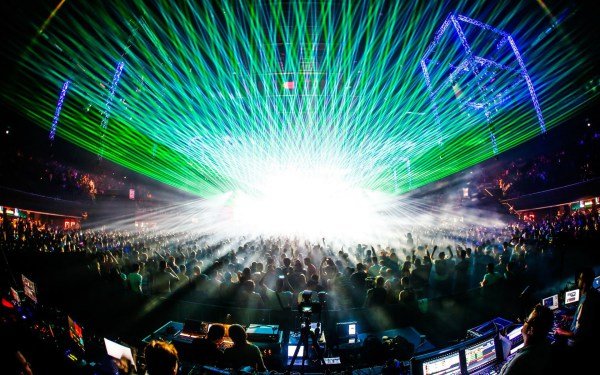
Raving is the Ultimate Form of Anarchism
Rave is thus the ultimate anti-culture; the cure for dead culture. It is an implicit act of anarchism, because dancing to repetitive music demonstrates the efficacy and needs of the psyche. Dancing is reactance, because authority figures do not totally grasp it; they cannot see the appeal or beauty. They do not see the lust for emotional expression, and that is essential to dance. It is essential to being a human.
So long as culture remains bootstrapped to aggression and led by sociopaths, the ravers will grow more bold. They will grow their spiritual domain. They will play their music, eat their red pills, and continue dissolving boundaries. They will wake people up and manage their psychology in healthy ways. They will eventually overcome the insidious nature of culture-at-large. In this sense, ravers are the ultimate anarchists and they are here to stay, dance, rave and rebel.
Sterlin Luxan is a visionary thinker, cryptocurrency junkie, connoisseur of psychology, an MDMA high priest, and the Mr. Rogers of Anarchism. He writes for bitcoin.com, runs a consultancy business in the crypto space, and public speaker. He created the doctrine of relational anarchism and contributes to many causes in the thriving liberty ecosystem.
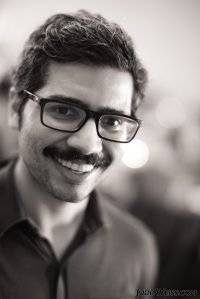
Someone gave me molly at an Excision show. And 40 minutes later this girl did this beatiful "peace love unity" gesture where you lock hands with someone and they pass their rave bracelet onto your wrist. Rolling for the first time feeling the euphoria, a little tipsy and high staring at this super cute rave chick who did this physical sexual feeling act, I pulled her towards me and made out with her for like 5 minutes and danced away lol. I woke up the next day feeling like I missed my soul mate not getting her number.
Now I bring candybeads bracelets to raves and do the "peace love unity" bead to girls 😏😆
Welcome to the scene!
Thanks for sharing., Chrone!
Hi @sterlinluxan I've published an article about you, check it if you can, thanks.
29 Best Steemians Of The Day To Follow 29th July 2017
https://steemit.com/blog/@jzeek/29-best-steemians-of-the-day-to-follow-29th-july-2017
Right on! Following you now. Interesting to find such a topic on here. The rave scene was great in the late 90s where I lived in Dayton Ohio. Each weekend there would be a rave either there, Cincinnatti (south of Dayton), or Columbus (north). They were magical events that would usually only happen that one night at that location. Everyone felt like best friends, like we've all known eachother forever. You could trust others. It was like heaven on Earth.
After the anti-rave law was passed in 2003, the scene changed. To avoid prosecution in the land of the free, promoters have events in mainstream clubs. People go to big festivals now, and still call it a rave. Raves were underground. Well organized, but under the radar. The vibe was totally different than it is today.
EDM festivals are more like concerts now. Everyone is facing the DJ, as if it's some spectacle. It used to be about the party, not the DJ. We would constantly interract with each other on a level deeper than any other situation I've ever encounter. We'd be damn near telepathic. I've even had multiple telepathic moments, as well as countless other fascinating experiences, many of which I'm unable to articulate with language. No wonder our government sneakily revoked our right to peaceful assembly, not to mention pursuit of happiness.
You know I really feel that I want to hear you express those telepathic moments in words
Exactly my experience as a late 90s DJ/promoter :)
Are you really in that business now. I mean do you work as a promoter still? I'm a DJ. And love to learn stuff from you ..Im educating myself on marketing and the music business to sell get my music delivered to people more these
Well, the telepathic moments are fairly easy to put in words. It's the countless other stuff that I felt and experienced that can't be put in words. I had a few times where I did things like jump in on a conversation out of nowhere, as if the person was talking about it, and then they freaked out and asked how I knew what they were thinking about. I've seen other people do this too. Once, when I was on K, me and a budy were mumbling to each other at a rave and were having a conversation, and didn't know we weren't actually saying words until our girlfriends found us and told us we weren't saying anything. Stuff like that. Towards the end of my peak times, near year 2000, I used to walk by, or sit by, people and try to tune in to hone my skills. It was there, but the best moments happened on accident.
A recent trend in rave dancing is to have morning dances as early as 5 am which are refreshingly devoid of drugs or alcohol.
Some have even added other forms of physical exercise or dances along with it in order to popularize it even more.
Very detailed article, interesting to read. Thanks.
My favorite festival, by far, has been Defqon.1
It's an entirely different atmosphere versus the States. I'm used some smaller events (Earthdance) and bigger ones (EDC, Ultra) but man was it mindblowing seeing how the Dutch do it.
They go all out with the theatrics, people are especially nice, there's no fear of narcs, if there were problems people resolved them quickly, and it was incredibly cheap.
Toss in some MDMA for the Saturday show and oh man... it gives me chills just thinking about it.
When you've got the right setting, music, and great friends and people around you -- you feel like you're part of a bigger thing. Hard to put my finger on it but all them troubles go away and you can be one with each other.
Hey @sterlinluxan great post - so relative !
Now, I am not against the use of MDMA but...... MODERATION is key in every aspect in life and this is no exception.
I find it therapeutic. Once every couple months have a night and let it all out. Relieve stress, come to realizations, over come anything bothering you in the present and most importantly having a great time !
dancing is life, it's happiness. for me, dancing is the only remedy when i'm depressed. or having a bad day. this is a very interesting article, thanks for the info
Rave culture does not completely seem like an anarchist act at all, as ravers these days seem to not be like the ones when the scene was underground. Perhaps that was more of an act of rebellion. What I have witnessed on the scene has been a whole lot of commercialism in both the music and clothing at festivals with the rave component. What I have noticed is that ravers now have camps/tribes that adhere to a strict guideline of clothing and cultural expectations rather than fully liberated self-expression and true connection with everyone around them while they dance. The DJ is a quasi-God, worshipped with everyone facing them. The drugs are not necessarily used to free one's mind and go on a journey of consciousness and awakening, but typically as a form of escapism to make the lasers, costumes, music and visuals even more trippy.
I get that at some raves, you can create that amazing sense of unity, rebellion, total presence and love when everyone is in their sweet spot moving without thought, sweaty and responding to rhythms that move them. Those moments are beyond words, as everyone slips into a sense of complete oneness.
I guess I am just a medicine woman/temple dancer at heart. The dance I share is called Kundalini dance and is more of a compilation of all the world traditions of "dance as medicine" using electronic music to create a journey. There are no drugs, just trance dancing and some guided emotional release in the ceremony of it all. The higher states people can achieve sober, and healing, is quite remarkable really. If all the world danced and let go more often, it would truly transform how people live and relate to one another, approach life and I know that mental wellbeing would improve.
I appreciate all your insights on the rave culture. I would not call myself a raver, but someone who has spent 10 years on the scene witnessing the highs and lows of this culture.
Dance, RAVE, and Rebellion
Raving is the absolute best. In a crowd of people that love the same music you do and dancing (raving) like you don't give a damn.
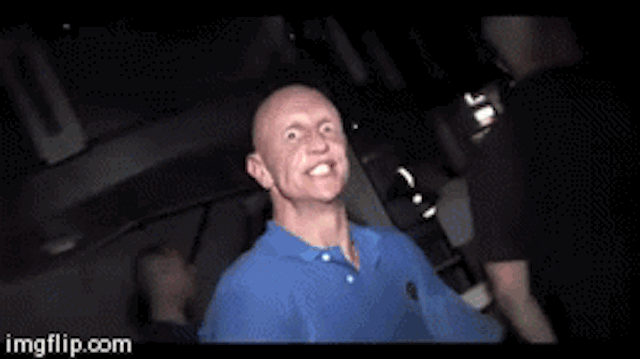
Such a great article! Check out my related post about dance and learning to let go!